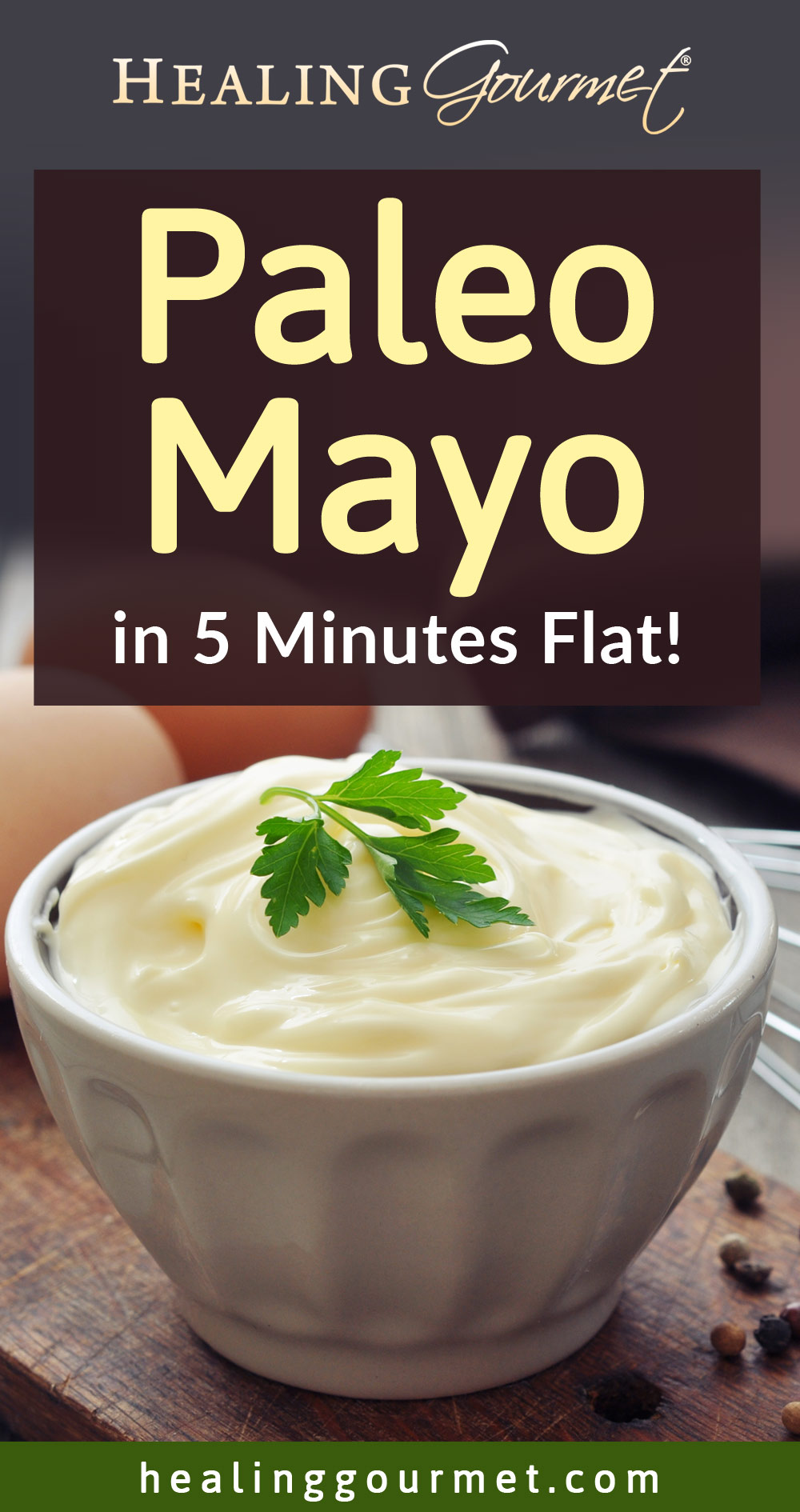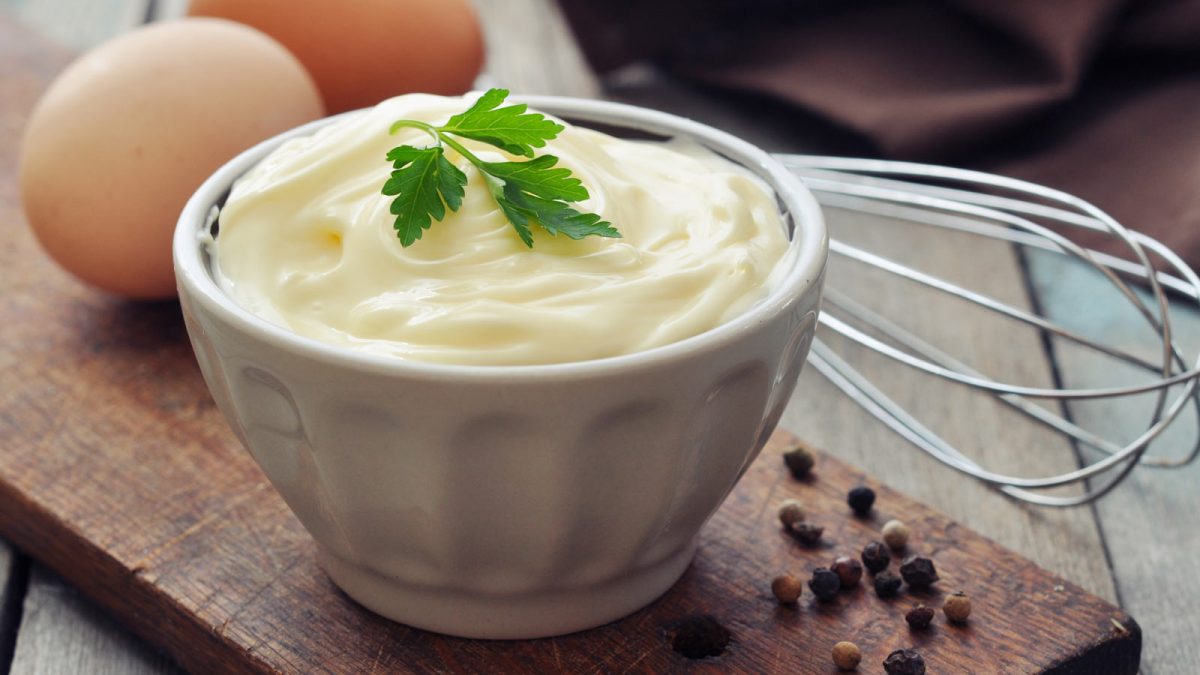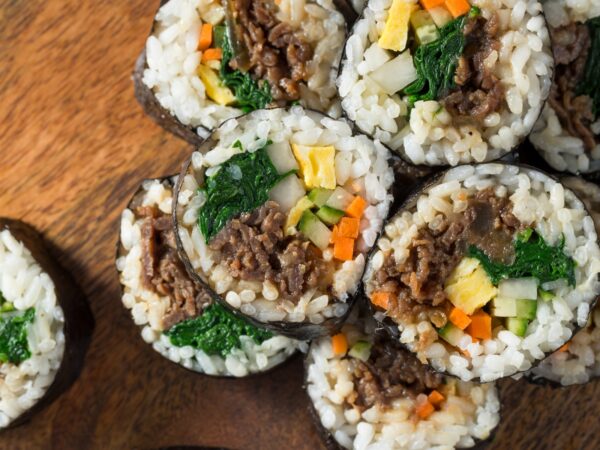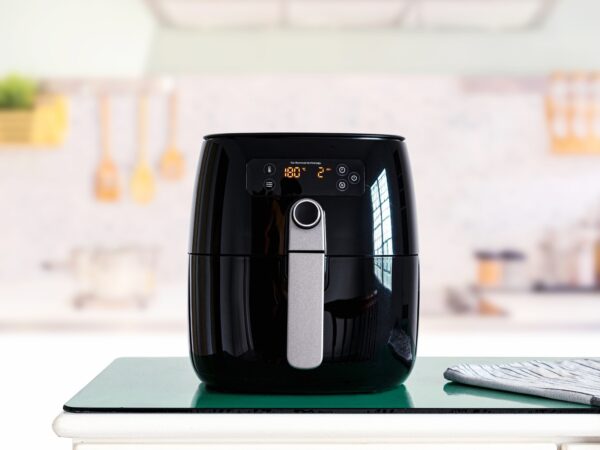How to Make Healthy Mayonnaise
In many posts on the Healing Gourmet website, we discuss the importance of optimizing your omega-3 to omega-6 ratio. This is one of the most important things you can do to guard against degenerative disease.
And while this might sound like an easy thing to do, the truth is that most commercially-prepared foods are rife with omega-6 fatty acids… and devoid of omega-3 fatty acids.
The result is a diet that is a dangerously high in disease-promoting, inflammatory fats.
Consider this…
You’d have to eat 12 ounces of wild Alaskan salmon to get enough omega-3’s to balance out the omega-6 fats found in just one tablespoon of commercial mayonnaise!
And if you’re a mayonnaise lover, this is bad news for your health. A diet that is high in omega-6 fats:
- Increases inflammation
- Promotes cellular damage
- Encourages the body to store calories as fat
- Promotes physical aging
- Increases oxidation of LDL cholesterol, and more.
Not to mention that the first ingredient in most commercial mayonnaise is soybean oil. Not only is this industrial oil extremely high in omega-6, it is also chemically refined and almost always comes from GMO crops.
And if if you opt for a so-called “healthy” mayo alternative – like Vegenaise, you’re not doing much better. Despite its claim of being “heart healthy”, this mayonnaise is still made with omega-6 rich oils – including canola, grapeseed and safflower. In other words, it contains the very same inflammatory fats you get in a cheap jar of Kraft, Miracle Whip or Hellman’s Real Mayonnaise.
Is “Healthy Mayonnaise” an Oxymoron?
But what if you could enjoy all of the creamy goodness of mayonnaise – in your favorite summer chicken salad or spread onto a BLT – that actually helped reduce inflammation… promote cellular health… and trim unsightly belly fat… all while fostering a healthy omega-3 to omega-6 ratio?
Well, now you can.
For years we were told to avoid the famous French condiment for its high fat content. But the AMOUNT of fat is not the problem. It is the TYPE of fat that is the real issue.
Introducing… Healthy Mayonnaise (That Follows the Mediterranean Diet)
In today’s healthy makeover, we rely on avocado oil to create a rich, silky mayo that pairs perfectly with your favorite foods.
Unlike the omega-6 rich canola or soybean or seed oils you typically find in mayonnaise, avocado oil is predominantly comprised of monounsaturated fatty acids (MUFAs). These are the same fats found in olive oil and credited with the health benefits of the Mediterranean diet, including:
- Reduced risk of cancers (including breast, colon and prostate)
- Reduced risk of heart disease
- Lower risk of overweight and obesity
- Less belly fat
- Lower risk of dementia and Alzheimer’s
You could also use olive oil or macadamia nut oil for this recipe (and still get all of the health benefits of MUFAs). However, we prefer avocado oil. Its neutral and slightly “grassy” flavor is perfect for achieving a traditional mayo flavor.
Healthy Mayonnaise Recipe
Yield: 20 Tbsp.
Serving Size: 1 Tbsp.
Active Time: 10 minutes
Total Time: 10 minutes
Ingredients
- 1 cup avocado oil
- 1 pastured egg + 1 egg yolk
- 2 Tbsp. freshly squeezed lemon juice
- 1/4 tsp. organic mustard powder
Preparation
- In a food processor or blender, combine whole egg, egg yolk, lemon juice, and mustard powder.
- Very slowly, one tablespoon at a time, add in the avocado oil while continuing to blend until oil and lemon mixture emulsifies.
- Season with salt to taste and store in the refrigerator in an airtight container for one week.
Nutrition Information Per Serving
100 calories, 11 g fat, 1 g saturated fat, 10 g monounsaturated fat, 0.5 g polyunsaturated fat, 0 g sugar, 0 g carbohydrate, 0 g protein, 0 g fiber





Thanks, looking forward to trying this out! Can this mayo be frozen for later on?
Hi Marcus,
Thanks for stopping by.
This is a good question. I have not tried freezing mayo – and my inclination would be that it would “break” when it thaws. With that being said, maybe try a small amount as a text – a Tbsp. or so on a freezer bag.
If you do, please let us know how it goes – we’d love to know!
Be Well,
Kelley
I am allergic to avocado. Is there another good oil to substitute?
Hi Carol,
Thanks for your comment and for taking the time to stop by Healing Gourmet!
Sure you can substitute. We recommend macadamia nut oil as a healthy, monounsaturated fat rich oil. It will make your mayonnaise have a nice nutty taste that compliments chicken salad very well. I have also blended macadamia nut oil with MCT oil (medium chain triglycerides from coconut) for a subtler flavor.
Another alternative is virgin coconut oil – make sure it is melted when you begin. Since coconut oil is solid at room temperature, I have found the mayo is a bit “stiffer” than traditional. To give it more fluid consistency, blend coconut oil with a liquid oil – like olive oil or macadamia nut oil.
Hope this helps!
Be Well,
Kelley
Thanks.
I have made some very tasty mayonnaise with coconut oil, but have found that it is best if you blend it with other oils. There are problems when you use only coconut oil because once it’s in the refrigerator, it gets hard as a rock and if allowed to warm up for use, it separates. The best way to avoid this is to mix in some other kind of oil. I used olive oil, but macadamia and avocado oil sound great, too.
Kelley,
Do you know of a way to keep coconut oil liquid?
Hi Brady… coconut oil will remain liquid at temperatures above about 75°F (24°C). That would be about room temperature in most places. When we lived in Florida the coconut oil in the pantry was almost always liquid. Here in Utah, it’s a bit cooler and the jar is usually solid. This is something to keep in mind when you’re using it in foods. For example, as Linda mentions, if you were to use it for mayonnaise, it would harden when refrigerated. Likewise, if you were to use it to make chocolates, they would melt/soften if not kept refrigerated. All in all, it is a great oil to use for both culinary and health reasons. But might not make for the best ingredient in mayo.
Hmmm, i’m a little concerned by the raw eggs. I thought that its unsafe to eat raw eggs?
The chances of salmonella infection from raw eggs is very slight, especially if you get your eggs from clean, pastured sources. However if it is a concern for you, raw eggs can be pasteurized, and this is universally considered a safe way to use them. It is easy and fast. Here is an instructional video demonstrating how to do it:
http://youtu.be/5_XTBqYdBhc
Good Luck!
Very expesive mayo. 1 cup oil for the mayo. AVA Jane 250 mL is about 1 cup.
25 -30 dollars for mayo. Must be a less expensive option?
Hi Steve… there are a number of options for avocado oil. We also use Olivado, which I believe is available at Costco. We have found that Ava Jane’s is a richer, thicker and more flavorful… but it is not the only avocado oil available.
I bought my avocado oil from Costco. Was about $12.50, Canadian dollars for a bottle that is 750ml I think.
A TED Talk – on Paleo diets – bringing actual archaeological biochemistry research to the subject.
https://www.youtube.com/watch?v=BMOjVYgYaG8
How long does it keep on the fridge?